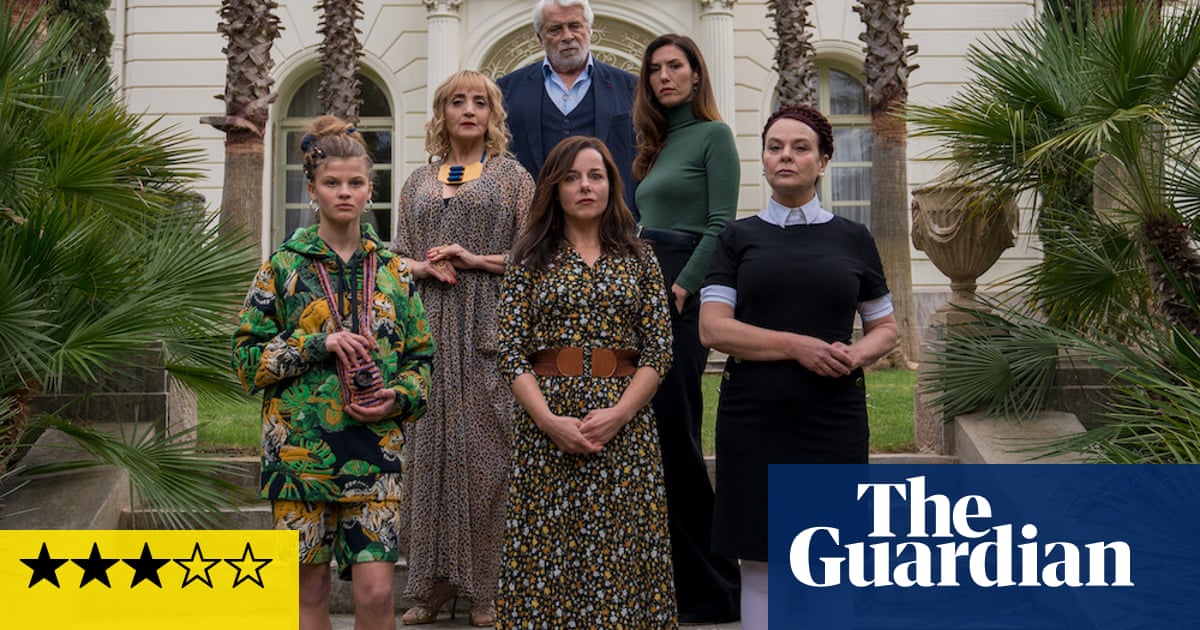
The latest opinion poll in Germany has put the Greens within striking distance of the center-right Christian Democratic Union (CDU)-Christian Social Union (CSU) combination led by Chancellor Angela Merkel. While the CDU-CSU polled 27.5 percent, the Greens were at 22 percent, leaving the Social Democratic Party (SPD), the traditional rival of CDU-CSU and current member of the grand coalition governing the country, relatively far behind at 13 percent. Last year, during the campaign for elections to the European Parliament, the Greens briefly topped the polls, even though they ultimately had to settle for second position.
As Germany looks ahead to next year’s general election, no political pundit would be willing to bet against the Greens besting Merkel’s party and emerging as the top player, even though it would not be in a position to form a government alone. The general consensus among political observers in the country is that the Greens will be in government after the next election, either in combination with the CDU-CSU and the SPD, or even just with the CDU-CSU alone. The 40-year journey of the Green party in Germany has been an amazing one, as it has steadily increased its foothold among the voters and managed to rise to second position. The SDP has lost its way and its voter base, primarily because it was unable to identify the changing aspirations and desires of the German voters, notably the younger and better-educated.
The German Greens have identified and adopted causes that appeal to today’s voters, while of course it helps that their principal raison d’etre — protecting the environment — has become a global priority in view of the rapid climate change that the world has been facing over the last decade or so. Thus, many of the Greens’ long-standing policies, notably reducing consumption and imposing a higher carbon tax or incentivizing clean production and renewable energies, are all being rapidly adopted by not just the ecological parties, but the mainstream ones too. Many governments have made adjustments to their policies and taxation to reflect these new priorities.
Germany’s Greens are also helped by the fact that their current leaders, 50-year-old Robert Habeck and 39-year-old Annalena Baerbock, work closely together and are eloquent speakers. They are telegenic and have a widespread appeal among the country’s youth, unlike many of their principal rivals, including the CDU’s Annegret Kramp-Karrenbauer, or AKK, who threatened to resign after her party’s abysmal performance in the European Parliament elections.
The Greens are also rising in many other parts of Europe. They are clearly doing well in countries like Austria, Belgium and Luxembourg, where they are already in government or poised to form one. However, in the former Warsaw Pact nations of Eastern Europe, the Greens are a very minor force, with mostly single-digit percentages of votes.
In France, the second-largest EU member, the Greens have enjoyed mixed fortunes. Even though they have become stronger, their vote share is, at best, barely reaching the 10 percent mark. The relatively poor show by the Greens in France is astounding, as the French are as aware and as worried about climate change as their German neighbors.
The disparate performance of the Greens in different EU member states becomes even more surprising when one sees the profile of a typical Green supporter: It is practically identical all over the bloc. The Green voter is young, urban, well-educated and well-to-do. However, unlike Germany, where the Greens have captured the minds of these voters, in France they are split between parties as diverse as President Emmanuel Macron’s La Republique En Marche, the extreme-left party of Jean Luc Melenchon and, of course, the Greens.
In France, the Greens could face further difficulties in building support because of Macron, who emerged three years ago with a promise to change politics and government entirely. The message immediately chimed with young and well-educated French voters, who had been almost entirely disenchanted with the two mainstream parties that had alternated at governing France since the end of the Second World War — the Republicans and the Socialists. The Socialist Party suffered a complete meltdown and was turfed out by the French due to the unusually unpopular and ineffective presidency of Francois Hollande, Macron’s predecessor. The Republicans, on the other hand, committed their own political suicide of sorts, when their candidate for presidency, Francois Fillon, was caught in a scandal, as he was alleged to have paid more than €500,000 ($550,000) to his wife and children for fictitious work as political assistants.
With the two main political parties trawling the bottom, Macron was smart enough to sell to the French voters a completely new and different kind of government, with clean politics and clear priorities of reconnecting with the electorate. The message hit home, notably with the young and especially among the better-educated and middle classes, and handed Macron an unprecedented majority in the French Parliament, after having given him the presidency. Those young people who did not vote for Macron, due to the perception that he was a banker’s politician, turned to the extreme left and extreme right, leaving the centrist or left-of-center parties like the Greens stranded.
Though Macron’s honeymoon with the voters seems to be over and his ratings are at near-historic lows, it may yet be an uphill task for the French Green party to stake a claim and emerge as a key force, partly because it lacks the charismatic leaders of its German counterpart.
• Ranvir Nayar is the editor of Media India Group, a global platform based in Europe and India that encompasses publishing, communication and consultation services.
Disclaimer: Views expressed by writers in this section are their own and do not necessarily reflect Arab News" point-of-view










